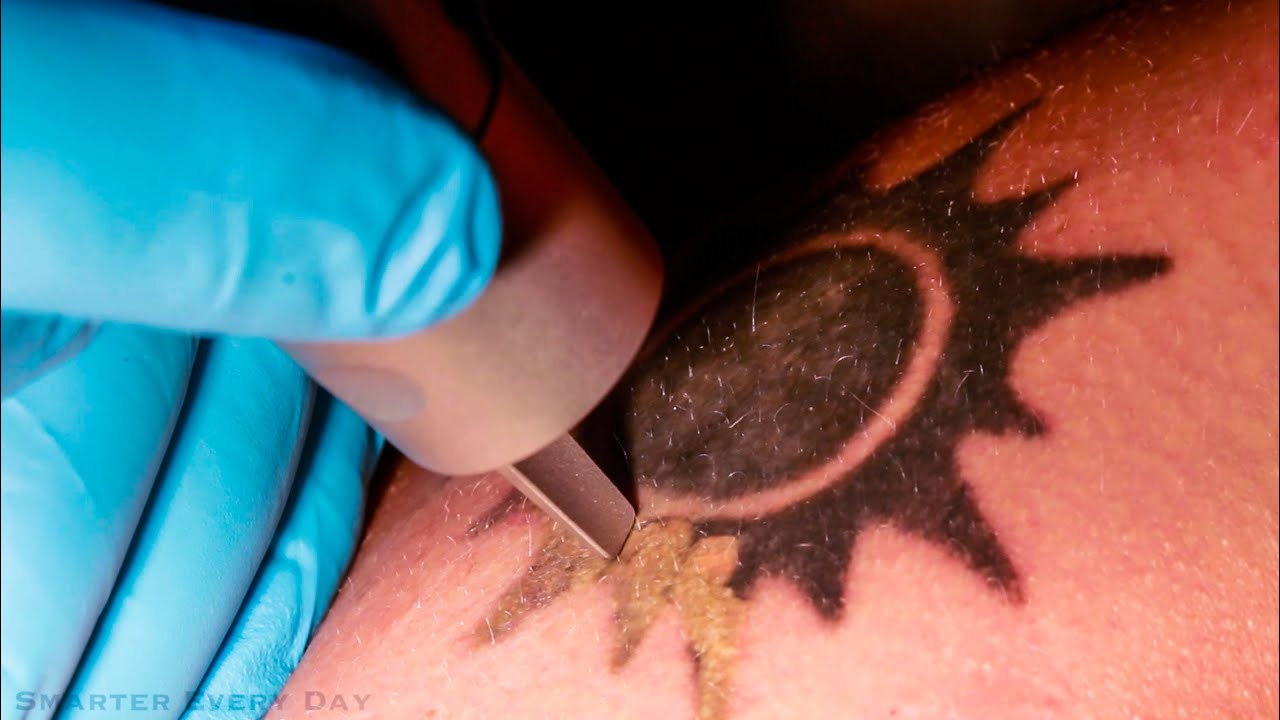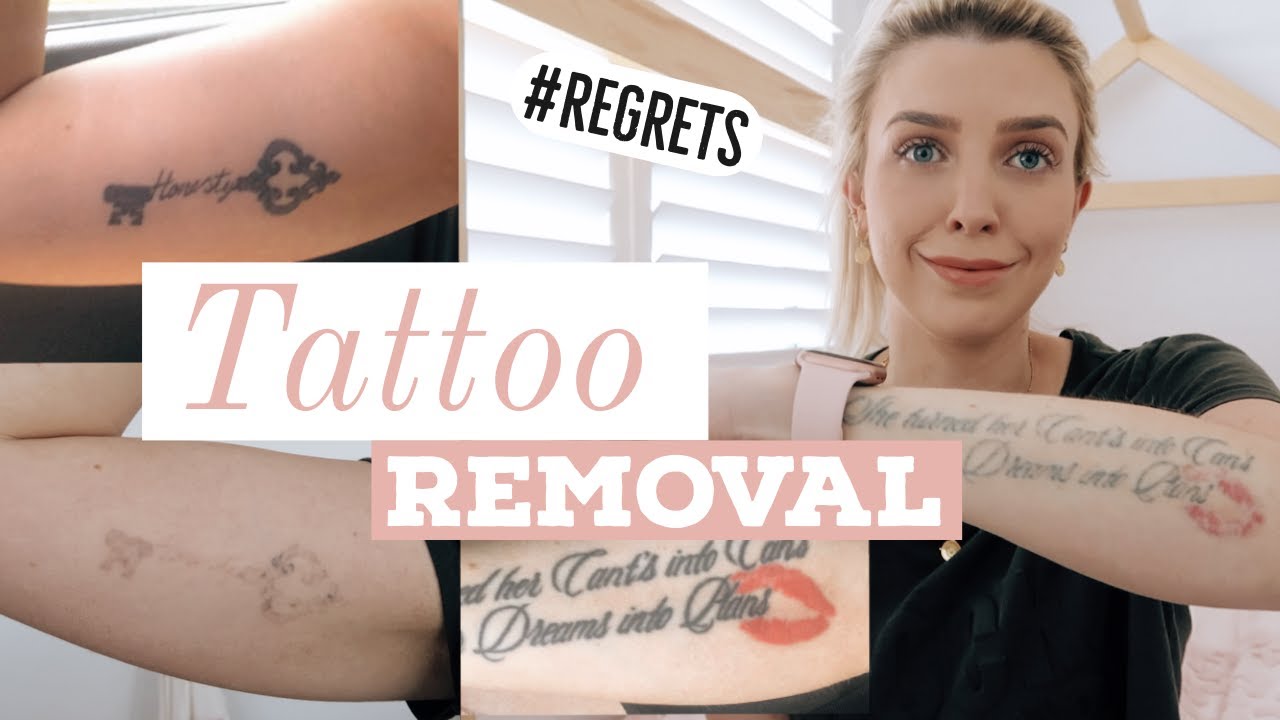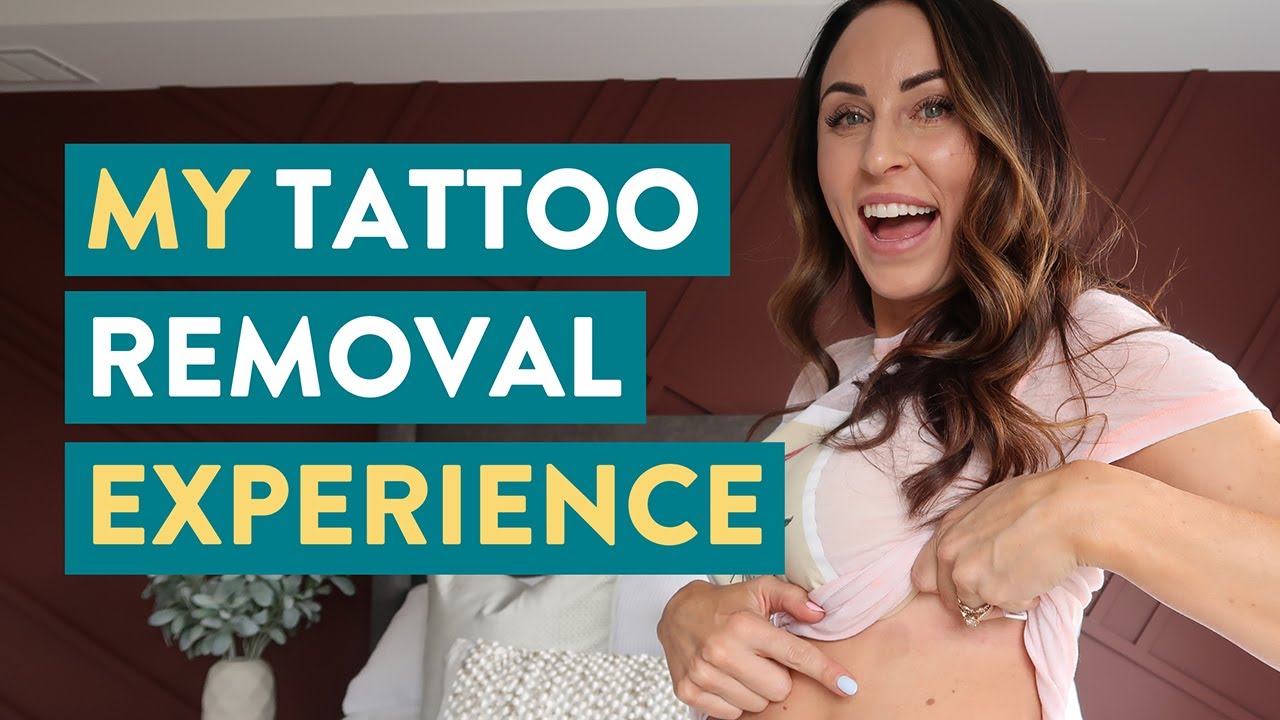Can You Tattoo Over a Removed Tattoo? The Best Time to Get New Tattoos After Laser Removal
Create your own unique tattoos and art for your home
Tattoos are a form of self-expression, but sometimes we change our minds about them. Laser tattoo removal helps clear away old ink but leaves many wondering when they can get a fresh design.
Our blog post digs into the key steps and timelines for safely inking over areas where tattoos have been removed. Keep reading to transform your skin canvas with confidence!
Key Takeaways
- Laser tattoo removal technology has improved, allowing for precise targeting of ink without harming surrounding tissue. Aftercare is crucial to the healing process, typically taking 6 weeks to 6 months before considering a new tattoo.
- It’s essential to wait until the skin is fully healed from laser removal before getting a new tattoo; this helps prevent infection and ensures the best results. Consulting with professionals both post-laser treatment and pre-new tattoo can guide optimal timing.
- Risks from scar tissue after laser removal need consideration as they can affect how well a new tattoo will look. Smooth skin achieved through laser hair removal may enhance the final appearance of a cover-up.
- Before getting a fresh tattoo over an old one that’s been removed by lasers, it’s recommended to confirm complete healing with a specialist and take into account any scar tissue effects on ink absorption.
- Waiting too short of a period after laser removal increases risks such as infection or adverse reactions; hence patience and professional guidance are necessary for successful cover-ups.
Understanding Laser Tattoo Removal
Laser tattoo removal has advanced significantly over the years, with technology that can effectively target and break down tattoo ink. After the procedure, proper aftercare and following the healing process is crucial for successful results.
Advancements in technology
New technology has transformed the laser tattoo removal process. Today’s lasers are more precise, targeting ink particles under the skin without damaging surrounding tissue. This means tattoos can fade significantly, often with fewer treatments and less discomfort than older methods.
Modern machines break down a variety of ink colors effectively, making coverups easier to do.
Effective aftercare plays a crucial role in healing after laser removal. Innovations such as specialized creams and advanced dressing materials help nurture the skin back to health quicker than ever before.
These advancements support faster recovery times, ensuring that you can consider getting a new tattoo within a safer time frame—often between 6 weeks to 6 months post-treatment.
How it works
Laser tattoo removal works by breaking up the ink particles under the skin, allowing the body to naturally eliminate them over time. The process involves directing a laser beam at the tattooed area, which is absorbed by the ink and causes it to fragment.
As healing occurs, the body’s immune system flushes away these fragmented ink particles, gradually lightening or eliminating the tattoo. This technology has seen significant advancements in recent years, making it more effective and less invasive than traditional methods.
The old tattoo should be fully healed before getting a new one after laser removal. It is best to wait 6 weeks to 6 months before getting a new tattoo after laser removal, ensuring that the skin is fully healed and prepared for new ink.
Proper aftercare
Proper aftercare following laser tattoo removal is crucial for optimal healing and preparing the skin for a new tattoo. It involves:
- Keeping the treated area clean and dry to prevent infection.
- Applying recommended ointments or creams to aid in the healing process without irritating the skin.
- Avoiding exposure to direct sunlight or tanning beds to prevent skin damage and pigmentation changes.
- Refraining from scratching or picking at scabs, as this can lead to scarring and prolong the healing process.
- Following any additional guidelines provided by the laser specialist, such as avoiding certain activities or products that may hinder healing.
- Monitoring the area for any signs of infection or adverse reactions, and promptly seeking medical attention if necessary.
Healing process
Laser tattoo removal works by breaking up the ink particles under the skin, and after the procedure, it is crucial to allow for proper healing before getting a new tattoo. The old tattoo should be fully healed before considering a cover-up.
It is best to wait at least six weeks after the final laser treatment before getting a new tattoo, ensuring that the skin is fully healed to achieve optimal results.
Waiting for 6 weeks to 6 months before getting a new tattoo after laser removal allows time for your body to heal properly and ensures that the final outcome of your new tattoo will not be compromised.
Can You Get a New Tattoo After Laser Removal?
Once the laser removal process is complete and your skin has fully healed, it is possible to get a new tattoo, but there are certain wait time recommendations and risks to consider.
To learn more about the best time to get a new tattoo after laser removal, keep reading.
Wait time recommendations
After undergoing laser tattoo removal, it is crucial to allow the skin to fully heal before getting a new tattoo. Consider the following wait time recommendations:
- It is best to wait at least six weeks after the final laser treatment before getting a new tattoo.
- In some cases, tattoos may require longer healing periods of 6 months or more before getting a new tattoo after removing an old one.
- Prior to getting a new tattoo, ensure that the old tattoo is fully healed and any residual scar tissue has been addressed.
- It is important to consult with a professional tattoo artist or laser specialist before proceeding with a cover-up tattoo.
- For optimal results, consider waiting at least 4 – 6 weeks after getting a new tattoo before undergoing any further laser removal procedures to allow for proper healing.
- Laser hair removal can enhance the final outcome of a new tattoo as it provides smooth and clear skin for better coverage.
- Remember that there is no specific time frame for getting a new tattoo after laser removal, but it’s vital to ensure that the skin is fully healed and ready for the next design.
Risks and considerations
Before getting a new tattoo after laser removal, there are important risks and considerations to keep in mind. The skin may still be sensitive and healing, making it crucial to ensure that the area is fully recovered before undergoing another round of tattooing.
Scar tissue from the previous removal process could affect how the new tattoo heals, so consulting with a professional is essential to minimize any potential complications. Additionally, waiting too short of a time period can increase the risk of infection or adverse reactions during the healing process.
It’s vital to wait for the skin to be completely healed before considering getting a new tattoo over a removed one. Rushing this process can lead to undesirable outcomes and hinder proper healing.
The Best Time to Get a New Tattoo
Once the laser removal process is complete, it’s recommended to wait for at least 6-12 months before getting a new tattoo over the treated area. To find out more about the best time frame and special considerations for getting a new tattoo after laser removal, keep reading!
Healing time frame
The healing time frame after laser tattoo removal is crucial before getting a new tattoo. It is recommended to wait at least 6 weeks to 6 months for the skin to fully recover and be ready for a new design.
This allows the body sufficient time to heal, minimizing the risk of complications and ensuring optimal results for the cover-up tattoo. Waiting for this period also helps in confirming with a professional that the skin is indeed fully healed and ready for new ink.
Understanding these timelines can help ensure a successful outcome when planning to get a new tattoo following laser removal. Once the healing process has been completed, individuals should consider other factors such as scar tissue from the previous removal and its potential impact on getting a fresh tattoo.
Final results
After the final laser treatment, it is essential to wait at least six weeks before getting a new tattoo. This waiting period allows the skin to fully heal and ensures optimal conditions for the new ink to settle properly.
Additionally, consulting with a professional before proceeding with a cover-up tattoo is crucial to confirm that the skin has sufficiently recovered from the laser removal process.
Laser tattoo removal can significantly fade an old tattoo, creating an ideal canvas for a new design and allowing for better results in covering up the previous ink.
The healing time frame after laser removal varies depending on individual factors and the complexity of the initial tattoo. It may take anywhere from 6 weeks to 6 months before obtaining a prominent result when getting a new tattoo over removed ink.
Special Considerations for Getting a New Tattoo
Before getting a new tattoo after laser removal, it is important to confirm healing with a laser specialist and consider the effects of scar tissue on the final outcome. Read more to understand how to safely get a new tattoo after removing an old one.
Confirming healing with a laser specialist
Consulting with a laser specialist is crucial to verify that the skin is fully healed before getting a new tattoo over a removed one. This ensures the best possible outcome for the cover-up tattoo and reduces the risk of complications.
The expertise of a laser specialist can provide valuable insights into the condition of the skin and help determine if it’s ready for another round of ink.
Before proceeding with any new tattoo after laser removal, seeking guidance from a professional will offer peace of mind and contribute to successful results. By confirming healing with a laser specialist, individuals can make informed decisions about when it’s safe to proceed with getting a new tattoo.
Effects of scar tissue
Scar tissue from tattoo removal can impact the final outcome of a new tattoo. It may cause irregularities in the skin texture, making it difficult for the new ink to be evenly absorbed.
Additionally, scar tissue can alter the way ink behaves under the skin, affecting the overall look and quality of the new tattoo.
Laser hair removal can help reduce scar tissue from tattoo removal by promoting smoother skin. This reduction in scar tissue allows for better results when getting a new tattoo over a removed one.
Conclusion
In conclusion, getting a new tattoo over a removed one is possible after the skin has fully healed. It’s best to wait at least 4-6 weeks before considering a new tattoo post-laser removal.
Ensure consulting with a specialist for personalized advice based on individual healing and skin conditions. Understanding the timing and potential risks involved in getting new tattoos after laser removal is crucial for achieving optimal results.
FAQs
1. Can you get a new tattoo over an old one that’s been removed?
Yes, you can tattoo over a removed tattoo once the laser tattoo removal healing process is complete and your skin has recovered fully.
2. How long should I wait to cover up an old tattoo after laser removal?
Patients are usually advised to wait at least 6-8 weeks after the final laser treatment or until the tattoo removal healing time has passed and the skin has healed properly for a coverup tattoo.
3. Will covering up my removed tattoo look good?
If given proper time for healing after removing your original design, a skilled artist at a reputable tattoo parlor can work with you on shading and designing your coverup so it looks great as the final outcome of your new artwork.
4. Is there special aftercare needed for tattoos done over scar tissue from removals?
Definitely! Tattoo care post-laser removal involves being extra gentle with your skin; keeping it clean is vital as well as following any specific instructions regarding moisturizing to ensure optimal recovery during the entire process.
5. Can I have laser hair removal if I just got a new tattoo where my old one was removed?
You should avoid laser hair removal on any freshly inked areas since both procedures affect the skin differently, and doing them close together could disrupt both the new-tattoo healing process and potentially affect how well your cover-up settles into place.










